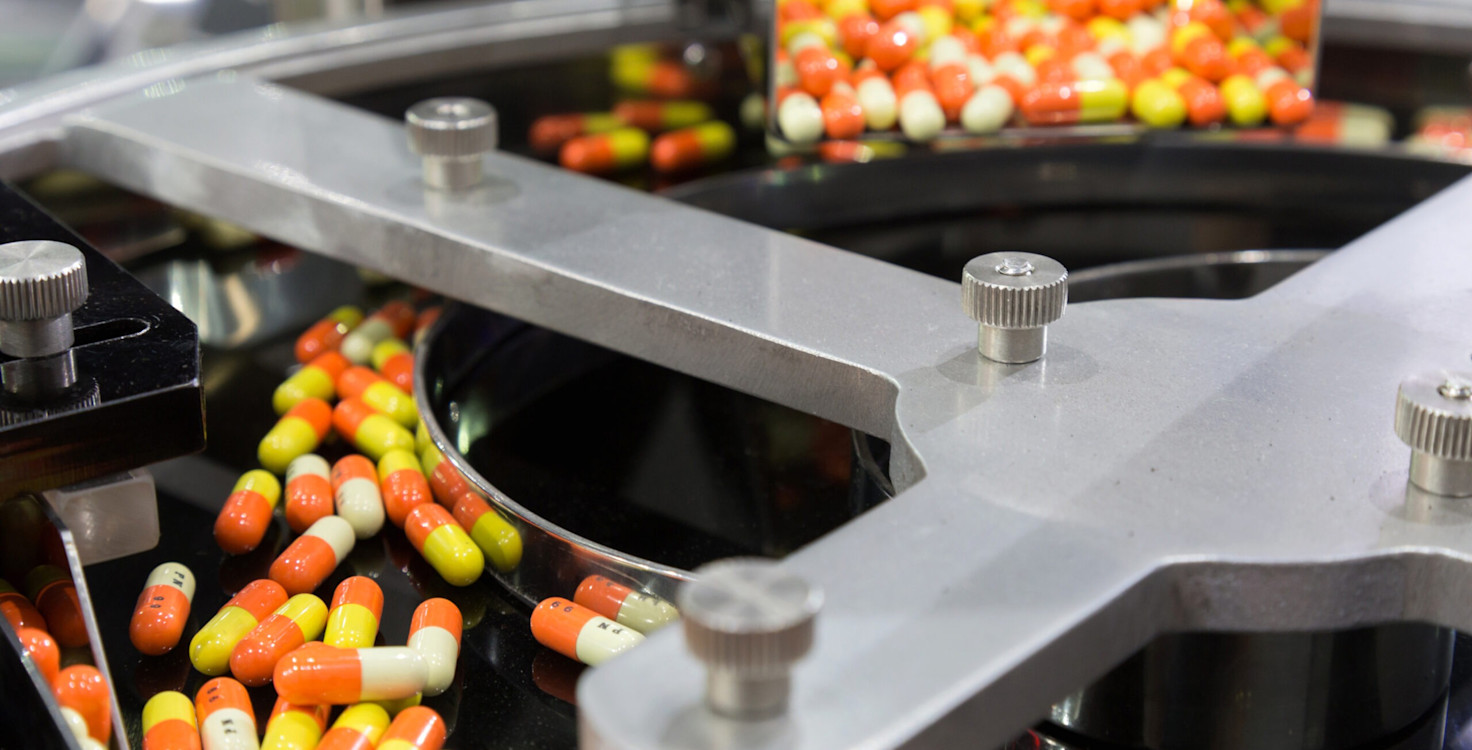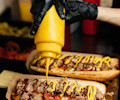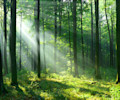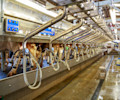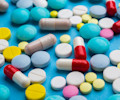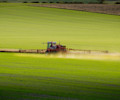Low-cost antibiotics have facilitated the availability of inexpensive meat and dairy products worldwide. However, this has come at a cost. The overuse and misuse of antibiotics in animals, humans and plants have led to increased levels of antimicrobial resistance (AMR). As a result, antibiotics are becoming increasingly ineffective at combatting infections and this poses a significant financial risk.
In 2019, AMR directly caused 1.27 million deaths, and this figure is expected to reach more than 10 million a year by 2050. To put this into context, this figure exceeds the annual deaths attributed to cancer today
By 2050, it is estimated that AMR will cause a reduction of 1.1% to 3.8% in annual global GDP as infections become harder and more expensive to treat, and more frequently require hospitalisation. As a result, other medical procedures that require antibiotics such as chemotherapy, hip replacements and c-sections will be negatively impacted.
There will also be significant impacts on livestock production and trade – the World Bank estimated an 11% loss to livestock production by mid-century in low-income countries. This will financially impact the communities reliant on animal production, as well as companies along the animal protein supply chain – including animal pharmaceutical companies.
Reducing antibiotic use in animal agriculture will help to limit the growing AMR burden and safeguard human health. Currently, it is estimated that over two-thirds of antimicrobials are used in animal agriculture, and the majority are being used for unnecessary, non-therapeutic purposes, such as promoting growth and prophylaxis. Prophylaxis is the use of antibiotics, usually on a group of animals, where bacterial infection has not been clinically diagnosed. The figure is slightly lower in the EU, around 60%, reflecting two decades of work to reduce usage but more urgency is needed.
For this reason, the EU has taken further action to reduce antibiotic use in animal agriculture. On 28 January 2022, a new regulation came into force that restricts all routine use of antibiotics in farm animals. According to the new regulation, antibiotics can no longer be used for prophylaxis or to compensate for poor animal husbandry (i.e., in the absence of animal welfare and biosecurity measures). This is the strictest regulation globally and has the potential to transform the way that animals are farmed in the EU and beyond, as the regulation also applies to all animal protein imported into the EU.
This comes as the EU’s Farm to Fork Strategy sets a target to reduce antibiotic use in the EU by 50% between 2018 and 2030. If implemented correctly, it has the potential to reduce antibiotic use in the EU dramatically.
Beef (2021) | Pork (2021) | Poultry (2021) | Aquaculture (2020) |
|---|---|---|---|
The largest exporters and hence, those most likely to be impacted by the new regulation are the United Kingdom, Argentina, Brazil, the United States, Australia, Norway and India.
The strength of the EU regulation is that it targets the practice of using antibiotics, rather than the licencing of these products. The table below provides an overview of the key changes implemented by the regulation.
Pre-2022 | New Regulation | |
|---|---|---|
Use of antimicrobial medicated feed for growth promotion | Banned | Banned |
Use of antimicrobial medicated feed for prophylaxis | Not regulated | Banned |
Use of antimicrobials for growth promotion | Licencing products for this purpose has been banned since 2006 | Banned |
Use of antimicrobials for group prophylaxis | Not regulated | Banned |
Use of antimicrobials for metaphylaxis | Not regulated | Restricted |
Routine use of antimicrobials | Not regulated | Banned |
Use of antimicrobials to compensate for poor hygiene and husbandry | Not regulated | Banned |
Some EU countries, such as Sweden and Denmark, had previously banned the use of antibiotics for prophylaxis and these countries have the lowest levels of antibiotic usage in the EU. The ban ensures that all countries in the EU are operating to the same high standards and based on this we expect a similar effect on overall use in the whole of the EU.
The regulation also aims to address one of the underlying causes of antibiotic use – intensive farming systems with high stocking densities and poor conditions that facilitate the spread of disease. Addressing these structural issues of intensive farming practices will require member state interventions and concerted efforts from stakeholders along the value chain.
Some countries, such as Denmark, have already been successful at reducing usage despite large-scale production. By focusing on improving animal husbandry and introducing practices such as later weaning and lower stocking densities, Denmark has significantly lowered antibiotic use in its pork industry – despite being the EU’s largest exporter. Whereas other countries, such as Poland and Portugal, have seen increasing antibiotic sales. For Portugal, the lack of national regulation allows the mass medication of animals via feed or drinking water. This, combined with the continued growth in its poultry production, has resulted in antibiotic use increasing.
It is unclear at this stage exactly what the impacts of the regulation will be, but we are likely to see significant impacts on the revenue of animal protein producers and animal pharmaceutical companies with high exposure to antimicrobials. We have already seen the impact of stricter antibiotic regulation on companies with poorly positioned portfolios. For example, the introduction of mandatory e-prescriptions in Italy (2019) and Spain (2018) caused a 9% loss in revenue from pig and poultry antibiotics for one European animal pharmaceutical company. The extent of the impact will be reliant on the level to which regulation is enforced, as well as oversight and compliance from companies.
The EU has a history of strict enforcement on antibiotic residues in imports. In fact, the Southern Shrimp Alliance, a US-based industry organisation, published a complaint that because the EU’s import restrictions on antibiotic residues in shrimp were so well enforced that the US had become a “dumping ground” for contaminated shrimp from India.
As a result of the EU’s practices to date, we believe any new regulation would be equally stringently enforced. This is likely to result in a notable impact on protein producers, and therefore on animal pharmaceutical companies.
It is, therefore, essential for animal pharmaceutical companies to engage in dialogue with concerned investors and stakeholders. This will reassure them that good corporate governance practices are in place and the companies are future-proofing their businesses by having an adequate level of preparedness to comply with more stringent regulations.
Diversifying product portfolios away from antibiotics will also be key in safeguarding future revenue generation for animal pharmaceutical companies. Alternatives to antibiotics provide a way for companies to mitigate risk and to help support farmers to improve animal health without jeopardising human and animal health in the future.
Alternatives are a significant growth area for animal pharmaceutical companies and include products such as vaccines, diagnostic tools, probiotics, prebiotics and enzymes. These can help to improve animal immune systems and also promote growth. For example, DSM, a company providing solutions for animals has developed a number of innovative alternatives, such as Balancius, which is an enzyme for poultry that improves feed efficiency replacing the need for antibiotic growth promoters.
Our Animal Pharma & AMR engagement asks leading animal pharmaceutical companies to demonstrate how they are:
ensuring the responsible manufacture, sale and use of antibiotics
preparing themselves for the increasing risks facing the industry – including more stringent antibiotics regulation
meeting investor expectations resulting from growing awareness of the systemic risk of AMR
Learn more about the engagement here.
FAIRR insights are written by FAIRR team members and occasionally co-authored with guest contributors. The authors write in their individual capacity and do not necessarily represent the FAIRR view.
